Where does mainstream pop culture come from? Who sets the fashion trends? Who originates slang and shorthand? Who determines how successful television series are? Gay men have originated nearly all street-fashion trends since the 40s. Lesbians and Drag Queens are responsible for bringing underground media to the mainstream. These accomplishments, however, go uncredited as a result of exploitation, erasure, and stereotyping.
One of the most prominent effects the LGBT community has had on pop culture is through music and film. Today’s most successful pop stars and television series would be nowhere without their gay fan base. Recording artists such as Lady Gaga, Demi Lovato, and Nick Jonas and television series such as "American Horror Story," "Glee," and "How To Get Away With Murder" rely on the tactic of queer-baiting. My personal definition of queer-baiting is the use of gay interest topics and personalities to sell media and build a quick and easy fan foundation. For example, FOX’s television series "Scream Queens" stars Emma Roberts and Abigail Breslin – two young actresses that young gay men have already identified with for their sassy personalities and underdog stories. Young actor Nick Jonas was also added to the cast to aid in the appeal to a gay audience. Jonas doubles as a recording artist, and relied heavily on a gay audience to promote his self-titled album. Nick, a heterosexual male, spent nearly the entire New York City leg of his album promotional tour frequenting gay clubs showing off his vocals (and abs) to young men that will surely buy his album after the special treatment. In fact, Jonas himself tweeted ‘I love my gay fans’. A simple five-word tweet is all takes to make a blanket statement about your apparent support of a niche community to gain that community’s reciprocal support. As a result, Jonas’ three singles from the album peaked at No. 1 on the US Dance Charts – a chart virtually run by club culture aka gay/drag communities. By casting him in "Scream Queens," the FOX network instantly gained a large gay fanbase and cult following.
Fellow recording artist Demi Lovato is guilty of the same thing. Starting with the 2014 release of her single "Really Don't Care," Lovato has taken on a lesbian-inspired persona to target the lesbian consumer market. In the music video for the single, Demi, a heterosexual woman who was engaged at the time, wore a suit and tie with the sides of her head shaved. This specific style was made popular by masculine lesbians in an attempt to rebel against the lipstick and skirts modern women typically wear. She even filmed the video while on a float during an LGBT pride parade. Since then, Demi has also released a single titled "Cool For The Summer" in which she implies having a summer fling with another female. The method has proven successful considering Lovato’s most recent album made it into the top 5 of Album Sales charts in nearly every country it was released.
The evil truth is that the same production companies who rely on the cheap tactic of queer baiting are just as quick to turn the media against the queer community and wash away their presence through demonization, erasure, or stereotyping. It is a reoccurring theme in the media to give gay characters HIV/AIDS and feed into the stereotype that it is a gay-man-exclusive disease. Even "Grey's Anatomy," one of the most culturally progressive shows on television and my favorite network drama, is guilty of feeding into this stereotype. In season 6, episode 15, Ellis and Richard begin treatment on an HIV+ patient. For most of the episode, we are led to believe this character is a straight male and a symbol for the possibility of heterosexual men contracting HIV. However, later in the episode he admits to having a gay affair while serving time in the military and suspecting that relations with his troop-mates was how he contracted the disease. This HIV trope can be found in many other TV shows and movies such as "The Hours," "Brothers & Sisters," and "How To Get Away With Murder."
The 2015 film "Stonewall" is a perfect example of erasure. The movie is meant to document the Stonewall Riots that played such a pivotal role in the equality movement. However, the filmmakers rewrote the story to exclude the vital people who initiated the uprising. It is disheartening to note that the filmmakers replaced trans activist women of color such as Marsha P. Johnson (above), Miss Major Griffin-Gracy and Sylvia Rivera with white, gay male characters, thus adding another tier to the erasure debate suggesting that the general public is now willing to give credit to white gay males but not trans people of color.
One might even go as far as the claim that the LGBT community has changed the overall lifestyle of today’s average American. Simplified language, aka slang, is a linguistic art form. Today’s most commonly used pet names and vernacular originated from the LGBT community. Phrases like “swag,” “slay,” and “fuckboy” came from the drag/gay dictionary. Jennie Livingston’s 1990 documentary "Paris Is Burning" chronicles the lives of New York City drag queens and the balls they attend. In one scene, the subjects of the film go into in-depth breakdowns of their everyday vocabulary including “shade” and “reading” which refer to the act of talking down about someone to their face but disguising it as an honest critique. The idea is to find a flaw, exaggerate it, and get everybody to laugh. These terms are now commonly used amongst young people today regardless of sexuality. "Paris Is Burning" is also where Madonna stole found inspiration for her most successful hit of all time: "Vogue" Soon after the film depicted drag queens and members of LGBT community taking part in the underground dance, Madonna released her song and video but chose to depict nothing but iconic moments in fashion and photography. She paid no respect to the drag community and further aided in the erasure of the LGBT community's pioneering efforts.
Another example of slang popularized by drag queens is the beloved phrase “Not today, Satan. Not today.” Today’s youth use this phrase as a way of expressing their triumph over hardships no matter how big or small. The phrase was first said by "Rupaul's Drag Race" season 6 contestant and drag queen Bianca Del Rio. The quote can now be seen on a countless number of apparel, coffee mugs, and other products without any indication of its source or origin. FX's "Lip Sync Battle"is another blatant rip off of an aspect of "RuPaul's Drag Race." In literally every single episode of the show, two drag queens have lip synced against each other in front of a panel of judges to determine their fate in the competition. But alas, the mainstream heterosexual media only covets the activity when performed on heteronormative networks by straight celebrities.
Gay men have historically been the front runners in street fashion. Novels written in the 70s depicting gay culture have described fashion trends that weren't prevalent in catalogs until the 90s. Gay male fashion is typically 15 years ahead of straight male fashion. Do you think your boat shoes and summer short-shorts are a new trend? Think again! While straight men of the 90s were wearing "dad" jeans and loud windbreakers, gay men were wearing (you guessed it) boat shoes and short-shorts. A common fashion trend in 2010s is the “lumberjack” look. This look can be worn by both men and women and consists of wearing a patterned flannel, a purposefully messy hairdo, and some form of combat or work boots. Although this look has become heteronormative, it originated within the gay and lesbian community. This fashion trend theatricalizes masculinity and was a way for lesbians and gay men to identify themselves as masculine types when going out to try and meet a feminine counterpart. The heterosexual and hipster community has adopted this certain aesthetic. To them, it represents a rustic and ethereal lifestyle and has no implications about sexual preference or personality type. Because there are so many heterosexual men and women wearing flannel shirts and combat boots, it now becomes impossible to signify whether they are using these fashion choices to make a statement of their sexuality or to fit into the new heteronormative aesthetic of a hipster lifestyle.
My belief is that there is nothing wrong with cultural sharing of the LGBT community as long as proper credit is given. We must become socially aware of where our media, culture, and art comes from. Instead of stealing ideas and trends, society must share its culture and celebrate that culture’s origins. By that I mean that as long as the appropriation of a culture is not being degraded through its reproduction via stereotypes, there is no harm in sharing the productions. It is the media’s responsibility to portray normalized LGBT characters instead of stereotypical versions. As a member of the gay community, I want to be able to share my culture with my heterosexual friends. I want everyone to enjoy the media and culture I do and feel the excitement I feel when listening to certain recording artists, wearing certain clothing, and using certain products. I enjoy being able to say, “Not today, Satan. Not today,” knowing that a drag queen came up with it, but I want my heterosexual friends to know this part of cultural history as well. Because everything you like was most likely originated by the LGBT community.
On behalf of gay people everywhere: you're welcome.

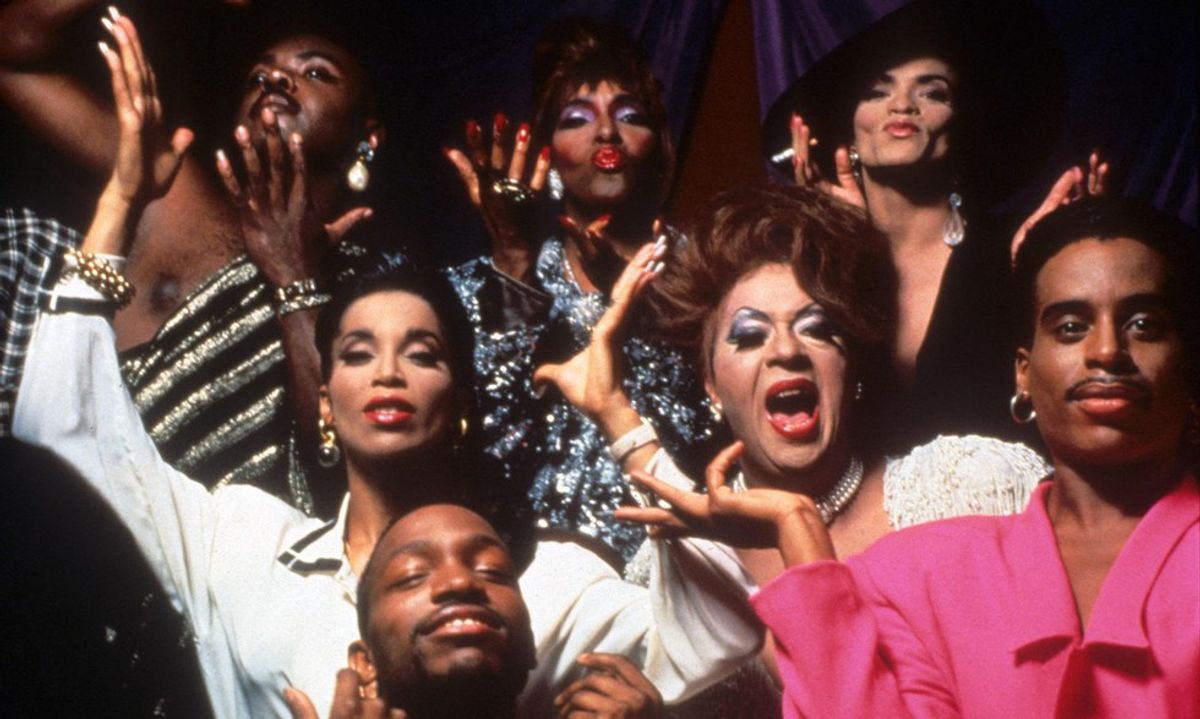





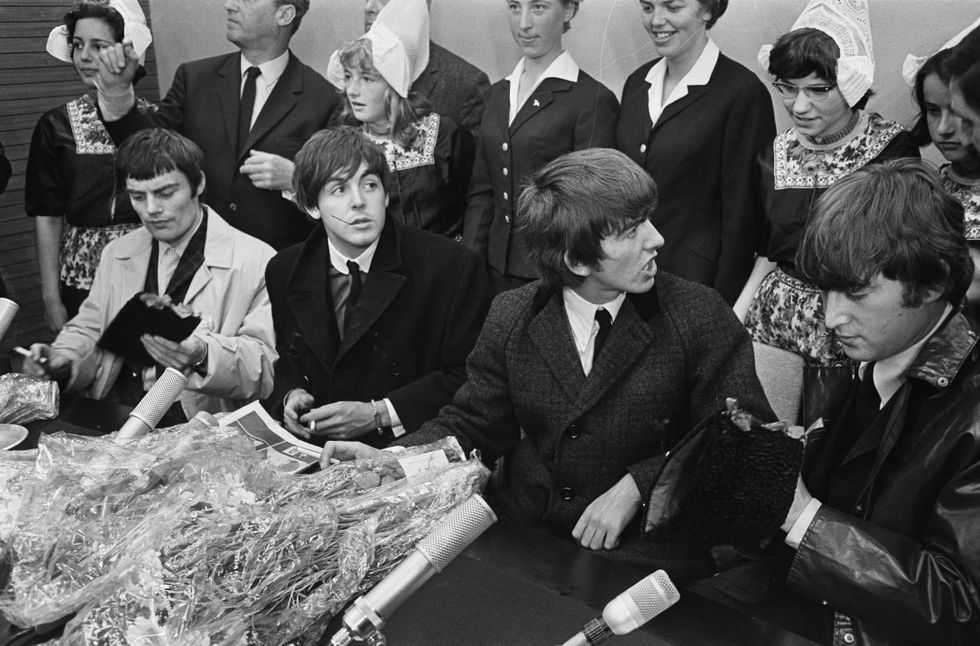


 Going to the cinema alone is good for your mental health, says science
Going to the cinema alone is good for your mental health, says science

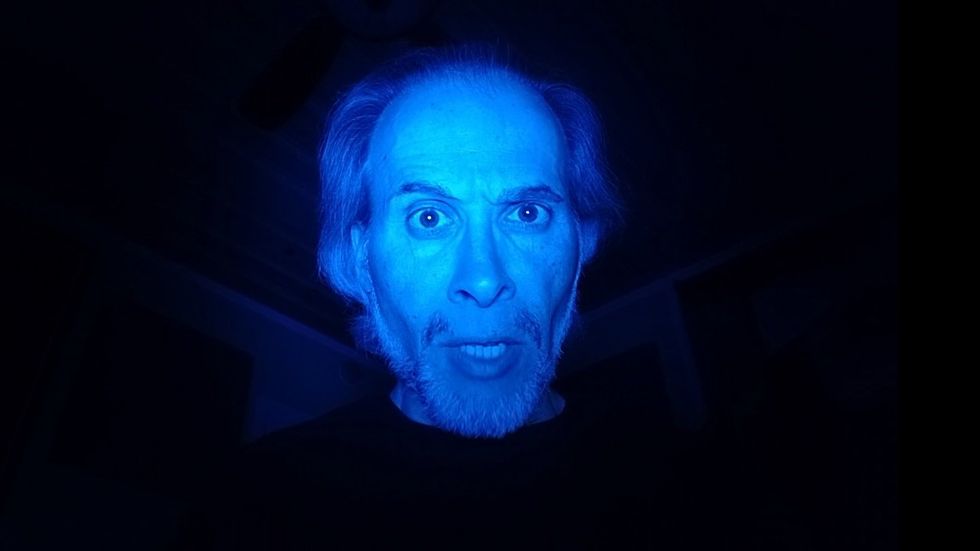








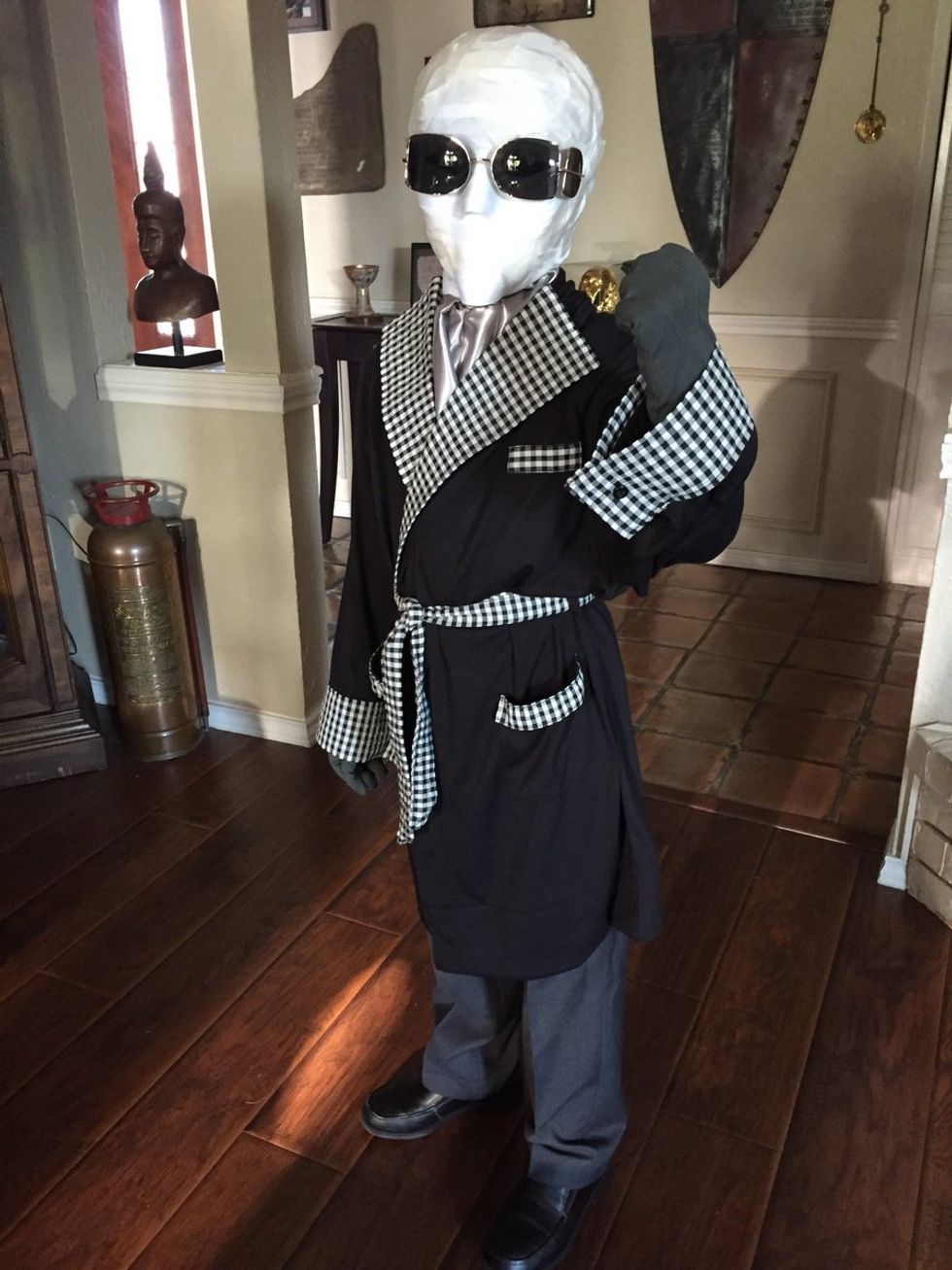

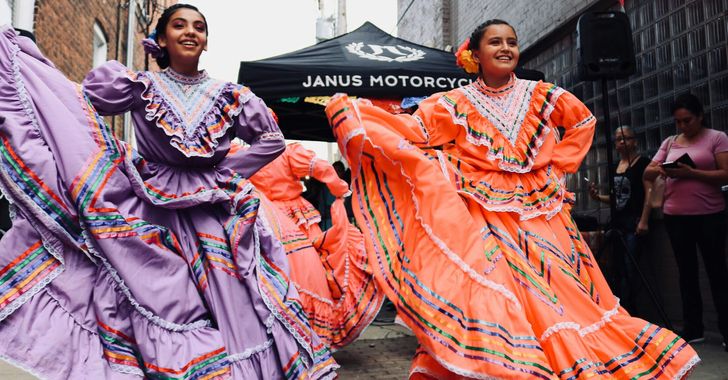 women in street dancing
Photo by
women in street dancing
Photo by  man and woman standing in front of louver door
Photo by
man and woman standing in front of louver door
Photo by 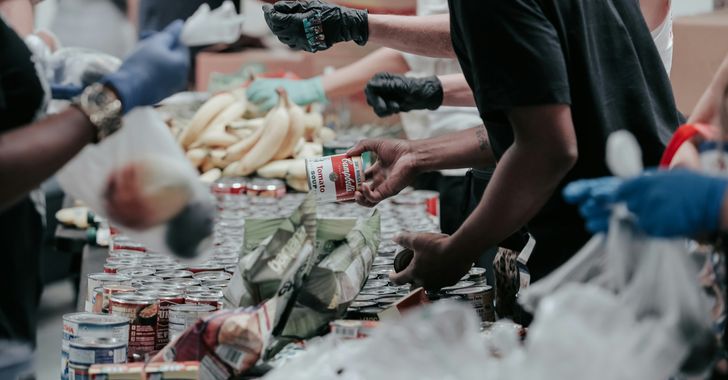 man in black t-shirt holding coca cola bottle
Photo by
man in black t-shirt holding coca cola bottle
Photo by 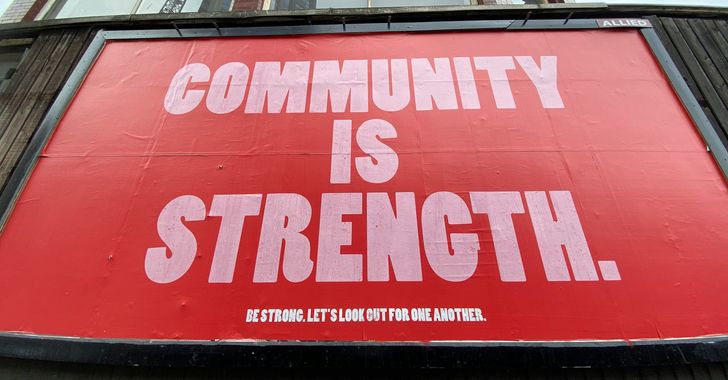 red and white coca cola signage
Photo by
red and white coca cola signage
Photo by  man holding luggage photo
Photo by
man holding luggage photo
Photo by  topless boy in blue denim jeans riding red bicycle during daytime
Photo by
topless boy in blue denim jeans riding red bicycle during daytime
Photo by  trust spelled with wooden letter blocks on a table
Photo by
trust spelled with wooden letter blocks on a table
Photo by 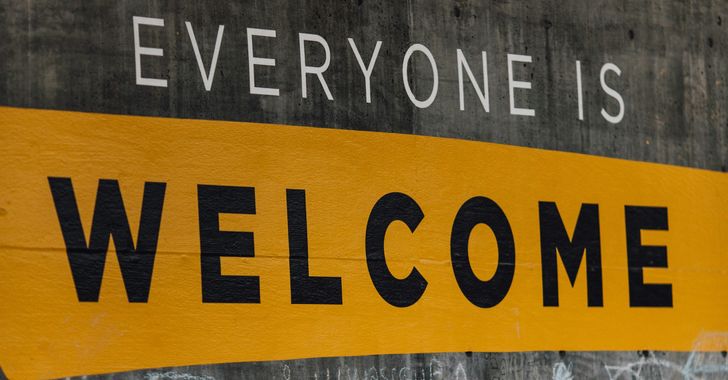 Everyone is Welcome signage
Photo by
Everyone is Welcome signage
Photo by 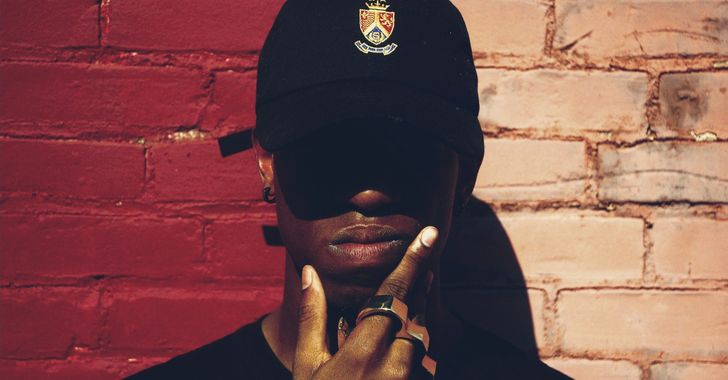 man with cap and background with red and pink wall l
Photo by
man with cap and background with red and pink wall l
Photo by 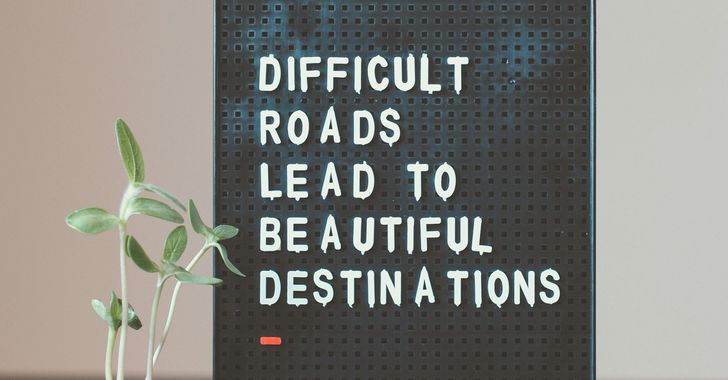 difficult roads lead to beautiful destinations desk decor
Photo by
difficult roads lead to beautiful destinations desk decor
Photo by  photography of woman pointing her finger near an man
Photo by
photography of woman pointing her finger near an man
Photo by  closeup photography of woman smiling
Photo by
closeup photography of woman smiling
Photo by  a man doing a trick on a skateboard
Photo by
a man doing a trick on a skateboard
Photo by  two men
two men  running man on bridge
Photo by
running man on bridge
Photo by  orange white and black bag
Photo by
orange white and black bag
Photo by  girl sitting on gray rocks
Photo by
girl sitting on gray rocks
Photo by  assorted-color painted wall with painting materials
Photo by
assorted-color painted wall with painting materials
Photo by  three women sitting on brown wooden bench
Photo by
three women sitting on brown wooden bench
Photo by 
 Photo by
Photo by  Photo by
Photo by  Photo by
Photo by 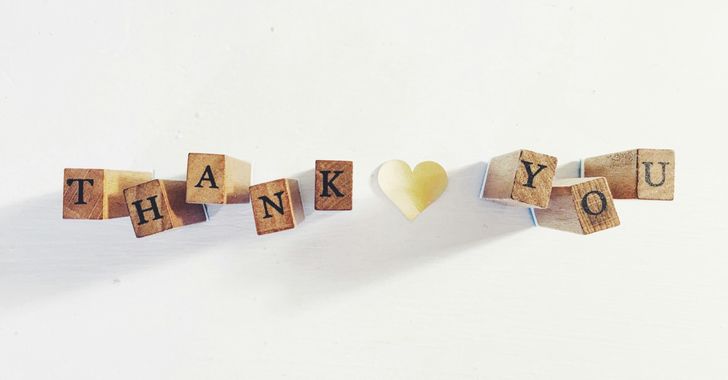 Photo by
Photo by 


 people sitting on chair in front of computer
people sitting on chair in front of computer











